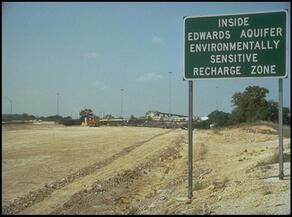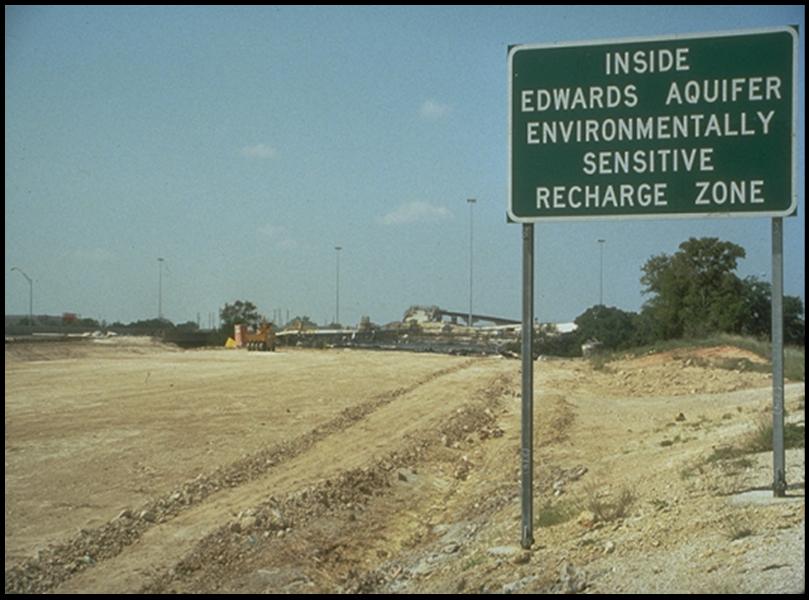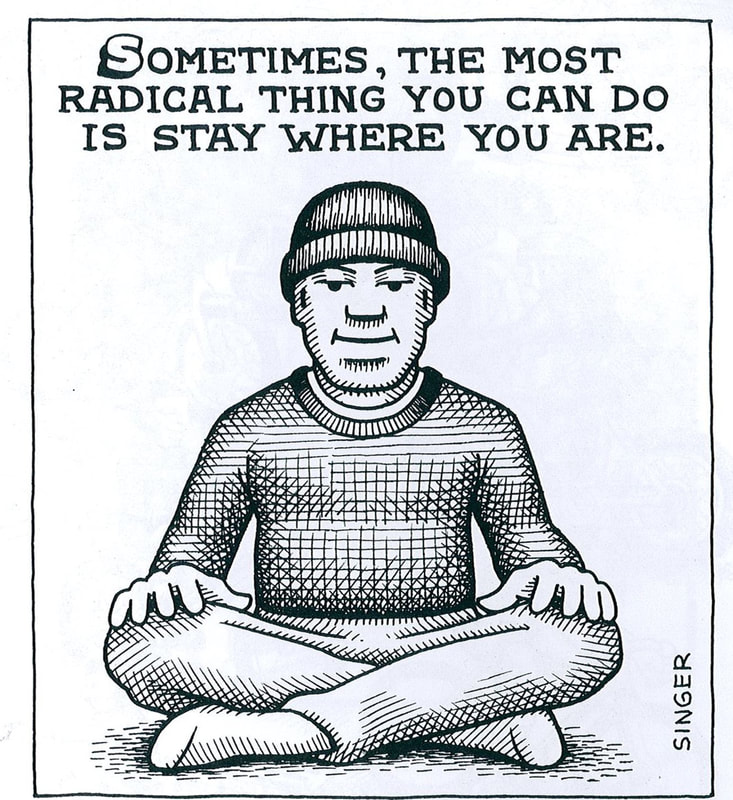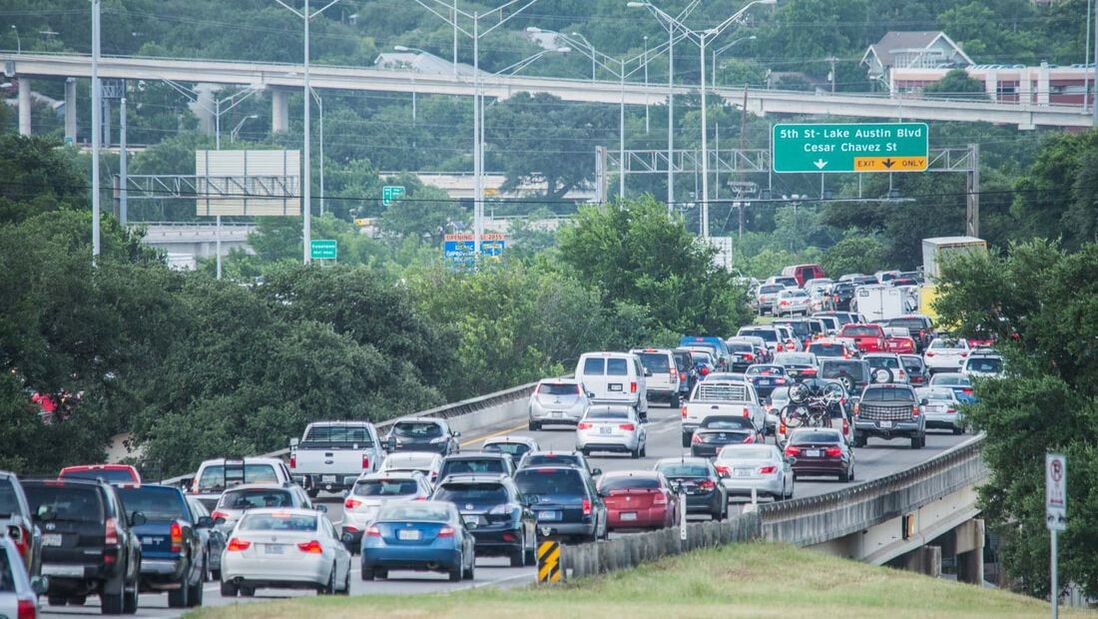|
Most of us love Joni Mitchell’s Big Yellow Taxi.
Here in the heart of Texas, we’ve lived it for three decades—a bulldozing bender, with the constant promise that if we keep spending billions on more roads and bigger highways, then our traffic problems will be solved. But, traffic just gets worse. And, more of what we love gets lost, all at once or in small increments, the unavoidable side effects of urban sprawl. Then, a terrible pandemic comes along. We are forced to stay at home—take a breath. The air clears. The traffic disappears. You can hear the birds, the wind, and neighborhood kids playing outside. As Brigid Shea, Travis County Commissioner and Save Our Springs co-founder, recently observed, the coronavirus pandemic has shown us we don’t have to pave our Austin paradise with the false promise of reducing congestion. Employers, both public and private, can and should continue telecommuting practices made mandatory during this pandemic. These measures don’t have to be as extreme, once Covid-19 passes; but letting more people work from home on more days, combined with staggered work hours to avoid rush hour jam ups and other strategies that reduce driving, can pretty much solve our traffic problems. These strategies cost very little. They reduce our greenhouse gas emissions and traffic congestion, without pavement and pollution. Most of the $42+ billion in tax dollars that our transportation leaders at CAMPO want us to cough up over the next 25 years could be saved and redirected. Instead of paving hundreds of miles of concrete, we could invest in other critical needs, such as public education, affordable housing, reliable health care, and saving our Hill Country home from global heating. The worst part of the plan calls for spending over $4.2 billion to build new roads and expand existing ones over the Edwards Aquifer watershed in southwest Travis and western Hays counties. For a fraction of the $4.2 billion that CAMPO wants us to spend expanding roads and building new ones within the Edwards Aquifer watershed, we could expand our parks and watershed protection lands in southwest Travis and western Hays counties, protecting the life source of Austin, Buda, Kyle, and San Marcos forever. The simple fact is that it is far cheaper to save rather than pave the Edwards Aquifer watershed in southwest Travis and western Hays Counties. Overwhelmingly, residents and voters prefer that southwest Travis and western Hays County stay rural and scenic, protecting our beautiful Hill Country home waters. CAMPO staff justifies this $4.2 billion plan to pave roads across the aquifer by projecting that the population within the Hays County segment of the Edwards Aquifer watershed will increase by 450% in the 30 years from 2015 to 2045, growing from 79,000 to 433,000. But, CAMPO’s own data shows that the actual growth trend in western Hays County would more likely yield 54% growth, or 122,000 by 2045. (See the numbers here.) CAMPO’s vision for the future of the Hill Country is bleak—paved, polluted, and pumped dry. In our age of global heating, it’s time to stop paving the countryside with roads we don’t need and that encourage more driving, not less. The last month has shown us that telecommuting, staggered work days, and other traffic demand management strategies can unclog our roads, clean up our air, and help us avoid billions in unnecessary road construction. No one wanted or needed the coronavirus pandemic. The pain and death it brings, here at home and across the planet, was unimaginable just a few months ago. But, we can learn from it.. Writer, historian, and activist Rebecca Solnit’s book A Paradise Built in Hell: The Extraordinary Communities That Arise in Disaster explains how people, working together, can shape the futures they (we) want when recovering from catastrophe. It’s a better future that bubbles up from people working together, often against powerful forces that only want to go back to how things were, paving paradise and putting up parking lots (both linear and square).Please join us today with a small step toward shaping a better future for our Hill Country home by speaking up on the CAMPO 2045 draft plan, with your own message or with one we have suggested here. And if you are able during these difficult times, please consider a tax-deductible donation to support our work here at Save Our Springs Alliance. Stay safe, but please do get outside and enjoy the beautiful springtime that surrounds us. Most of us love Joni Mitchell’s Big Yellow Taxi. Here in the heart of Texas, we’ve lived it for three decades—a bulldozing bender, with the constant promise that if we keep spending billions on more roads and bigger highways, then our traffic problems will be solved. But, traffic just gets worse. And, more of what we love gets lost, all at once or in small increments, the unavoidable side effects of urban sprawl. Then, a terrible pandemic comes along. We are forced to stay at home—take a breath. The air clears. The traffic disappears. You can hear the birds, the wind, and neighborhood kids playing outside. As Brigid Shea, Travis County Commissioner and Save Our Springs co-founder, recently observed, the coronavirus pandemic has shown us we don’t have to pave our Austin paradise with the false promise of reducing congestion. Employers, both public and private, can and should continue telecommuting practices made mandatory during this pandemic. These measures don’t have to be as extreme, once Covid-19 passes; but letting more people work from home on more days, combined with staggered work hours to avoid rush hour jam ups and other strategies that reduce driving, can pretty much solve our traffic problems. These strategies cost very little. They reduce our greenhouse gas emissions and traffic congestion, without pavement and pollution. Most of the $42+ billion in tax dollars that our transportation leaders at CAMPO want us to cough up over the next 25 years could be saved and redirected. Instead of paving hundreds of miles of concrete, we could invest in other critical needs, such as public education, affordable housing, reliable health care, and saving our Hill Country home from global heating. The worst part of the plan calls for spending over $4.2 billion to build new roads and expand existing ones over the Edwards Aquifer watershed in southwest Travis and western Hays counties. For a fraction of the $4.2 billion that CAMPO wants us to spend expanding roads and building new ones within the Edwards Aquifer watershed, we could expand our parks and watershed protection lands in southwest Travis and western Hays counties, protecting the life source of Austin, Buda, Kyle, and San Marcos forever. The simple fact is that it is far cheaper to save rather than pave the Edwards Aquifer watershed in southwest Travis and western Hays Counties. Overwhelmingly, residents and voters prefer that southwest Travis and western Hays County stay rural and scenic, protecting our beautiful Hill Country home waters. CAMPO staff justifies this $4.2 billion plan to pave roads across the aquifer by projecting that the population within the Hays County segment of the Edwards Aquifer watershed will increase by 450% in the 30 years from 2015 to 2045, growing from 79,000 to 433,000. But, CAMPO’s own data shows that the actual growth trend in western Hays County would more likely yield 54% growth, or 122,000 by 2045. (See the number here.) CAMPO’s vision for the future of the Hill Country is bleak—paved, polluted, and pumped dry. In our age of global heating, it’s time to stop paving the countryside with roads we don’t need and that encourage more driving, not less. The last month has shown us that telecommuting, staggered work days, and other traffic demand management strategies can unclog our roads, clean up our air, and help us avoid billions in unnecessary road construction. No one wanted or needed the coronavirus pandemic. The pain and death it brings, here at home and across the planet, was unimaginable just a few months ago. But, we can learn from it.. Writer, historian, and activist Rebecca Solnit’s book A Paradise Built in Hell: The Extraordinary Communities That Arise in Disaster explains how people, working together, can shape the futures they (we) want when recovering from catastrophe. It’s a better future that bubbles up from people working together, often against powerful forces that only want to go back to how things were, paving paradise and putting up parking lots (both linear and square).Please join us today with a small step toward shaping a better future for our Hill Country home by speaking up on the CAMPO 2045 draft plan, with your own message or with one we have suggested here. And if you are able during these difficult times, please consider a tax-deductible donation to support our work here at Save Our Springs Alliance. Stay safe, but please do get outside and enjoy the beautiful springtime that surrounds us.
Thank you to everyone who filed a public comment on the CAMPO 2045 long-range transportation plan for the Austin metro region! You are free to comment again—and we hope those of you who have not yet commented will join in. Please take a few minutes to send in your comments. We have written suggested comments, but please modify these with your own personal comments as you see fit. For now, the public comment period is set to close this Monday, April 20. However, Travis County, SOS Alliance, and many others have asked that the comment period be extended for at least another couple of months. We have also asked that the May 4 vote on the draft plan be postponed accordingly. The CAMPO 2045 draft plan that is posted for public comment period remains incomplete. Also, with only one week left in the official public comment period, the most fundamental piece of public information on the draft 25-year plan—an accurate map of the projects in the plan—is still missing. If you go to the CAMPO2045.org website on the draft plan, and then click on the View Projects in the Plan link you get this map. The map does not show several of the new roads proposed in the draft plan. These missing proposed new roads include some of the worst projects in the plan: a proposed extension of Escarpment Boulevard from Circle C down to FM 150 in Hays County (crossing City of Austin watershed protection lands); a proposed loop around Dripping Springs in the Barton Creek and Onion Creek watersheds; and a proposed new alignment of Jacob’s Well Road next to the Jacob’s Well Natural Area; but these road projects, all within the Edwards Aquifer watershed, remain buried in the 49-page long CAMPO 2045 draft plan projects list. (View this excellent map and chart that we prepared showing the more than $4 billion in road projects the 2045 draft plan proposes for construction in the Edwards Aquifer watershed in southwest Travis and western Hays counties.) The 21-member CAMPO Policy Board, mostly consisting of elected officials from cities and counties in the six-county CAMPO planning area, tell their constituents they value public input into their decisions. Federal law requires the public be given a “reasonable opportunity” to comment on the draft 25-year transportation plan. Yet the draft plan remains incomplete and the most key part of it—the map—is wrong. As proposed, the CAMPO 2045 plan is loaded with tens of billions of dollars of road projects—the vast majority of them designed to serve endless, 360-degree sprawl across the six county region. The draft plan admits that if we build these roads with our local, state, and federal tax dollars, congestion will only get worse—just not as bad as if we did nothing. It’s time to rethink our most basic approach to transportation planning. This new report by Transportation for America, The Congestion Con, spells out how the twin ideas that building roads will reduce congestion and that reducing congestion should drive our transportation policies are both wrong. (If you want to understand the truth about traffic in growing urban areas, please read this report.) Locally, tens of billions of dollars and the future of Barton Springs and the land, water, air, wildlife and quality of life of our region is shaped by how we spend our transportation dollars, perhaps more than anything else we do. The CAMPO 2045 draft plan speaks volumes about who we are, what we value, and what we want for the future of our region. The plan—and the public process for adopting the plan—also speaks volumes about our local, elected leadership, from Georgetown to San Marcos, and from Marble Falls to Lockhart (but especially from Travis and Williamson County). So, please join us in telling our local, elected transportation deciders that we want an honest, public engagement process and a plan that builds an affordable, sustainable, healthy and beautiful future for the Austin metro region. “To be stuck in traffic or stuck at home?”
April Fools! That is NOT the question. It does kind of feel like the question, if you think about the Austin metro region the last few years and where we all sit today. And if you enter the topsy-turvy world of Austin metro transportation planning, it sure sends like the question. You have to wonder, “is there no exit?” Can’t Google find us a different way forward? Right now, as we sit here stuck at home, our elected officials, sitting on our Austin metro region’s transportation planning board, known as “CAMPO,” are asking us to pony up over $40 billion in tax dollars over the next 25 years, mostly to build new highways and expand existing ones. At the same time, the CAMPO transportation staff are telling their (our) CAMPO elected official bosses if we will only find that $40 billion for transportation projects over the next 25 years, then traffic will still get worse than it has been. It just won’t get as bad as if we do nothing. It’s right there in the draft Austin metro long-range transportation plan, known as the CAMPO 2045 draft plan. But wait. We know you can do that right now. 😊 😊 Keep reading. It’s really much worse than that. But it doesn’t have to be. The draft plan is just that.: a draft. It’s out for public comment right now through April 20th. With your help, providing your own comments from the comfort of your own home, each of us, as taxpayers, commuters, and voters can weigh in and get this draft plan fixed like the flat tire that it is. We are making it easy for you to comment on the CAMPO 2045 draft plan, which includes a suggested set of initial comments. Feel free to erase the suggested comments and write your own, modify the suggested initial comments, or adopt them as your own. Hit the “take action” and your comments will go directly to each of the CAMPO Policy Board members, listed here, and to CAMPO staff. Before commenting, take a few minutes to look at this map of the CAMPO 2045 draft plan projects proposed for the Edwards Aquifer watershed, in southwest Travis and western Hays counties. The map includes a chart listing the $4.2 billion in proposed new and expanded highway projects listed in the draft plan. Most, if not all, of these projects should be scrapped or downsized, saving taxpayers literally billions of dollars while protecting the life source of water for our region. There’s a whole lot more that is wrong with the draft plan. It’s hard to know where to start. The suggested comments in the form are our suggested start. We’re asking you to make some comments today, and then join us in commenting a few more times over the next 20 days. You’ll be an expert on Austin transportation at the end of the process. And, if enough of us weigh in, we can win a transportation plan that protects our water, preserves our scenic Hill Country, saves many billions of dollars, and actually reduces traffic congestion. Thank you for caring and taking the time to comment. Stay engaged with us over the next 20 days (and beyond). TAKE ACTION We are reaching out to all friends of the Save Our Springs Alliance to let you know about a new global day of giving and unity, Giving Tuesday Now, which has been scheduled for May 5th as an emergency response to the unprecedented need caused by the COVID-19 pandemic.
The SOS staff is working every day to protect Barton Springs and the Edwards Aquifer. With your help, we can continue to press our elected officials in Travis and Hays counties to scale back or remove many of the $4.2 billion in road projects proposed to be built over the Edwards Aquifer over the next 25 years. We are committed to keeping treated sewage out of Barton Creek, Onion Creek and the Blanco River. We are dedicated to educate newcomers and inspire our young people to care about our local watersheds and to build a larger community committed to a more sustainable future for Central Texas. But, due to the cancellation of our summer outreach education programs and our larger sponsored events, we will soon need some help to keep our doors open and our education and advocacy work ongoing through 2020. We understand that many people are in a difficult financial position right now, but if you find yourself able to help, we would greatly appreciate it during this uncertain time. If you like our work but have never donated to SOS Alliance, or have not given recently, please consider a tax-deductible donation. Contributions are welcome on May 5th or sooner, simply click below: Participate in #GivingTuesdayNow Thank you for your consideration, SOS Board and Staff |
Archives
July 2024
Categories |
Save Our Springs Alliance |
Quick Links |
SOS is a 501 c3 non profit and your donation is tax deductible






 RSS Feed
RSS Feed
